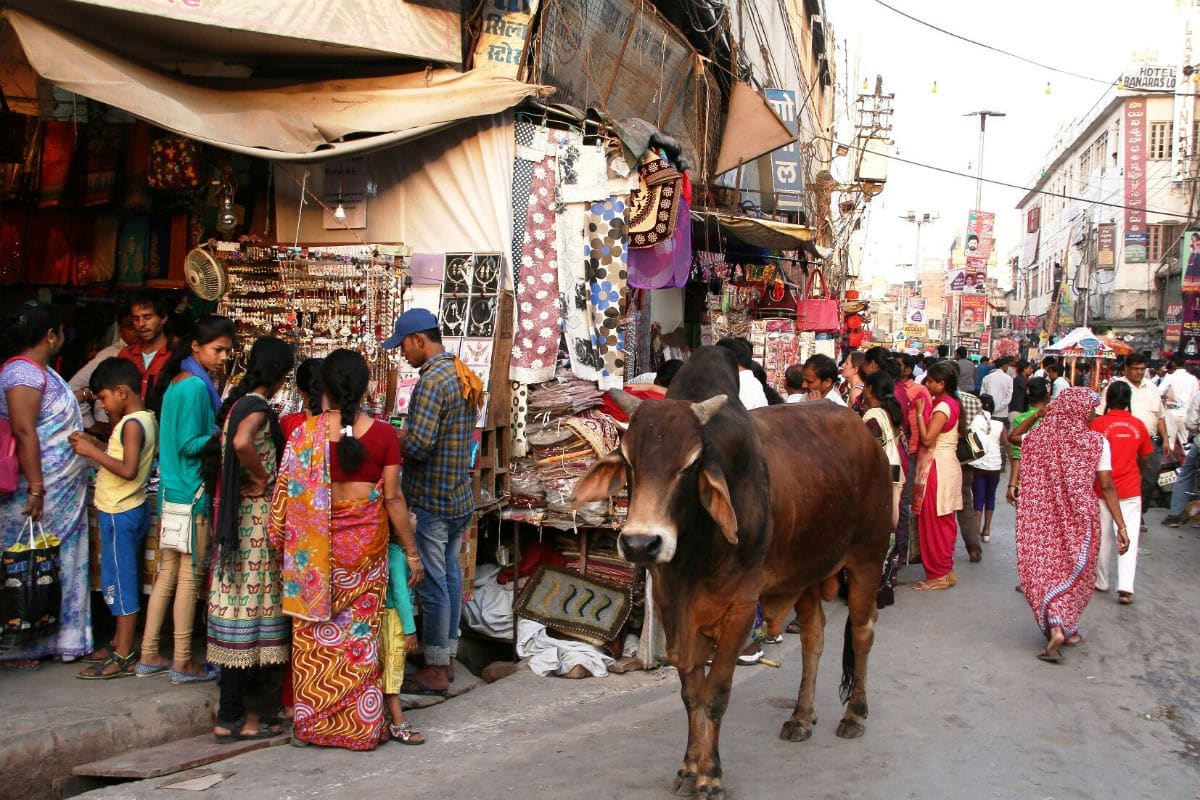In April I joined a small group of German tourists (12) on a 15-day tour of northern India and Kashmir. An ad campaign for the destination touts the country as “Incredible India.” It is – as well as intriguing. Following are some aspects I found incredibly intriguing during my travels.
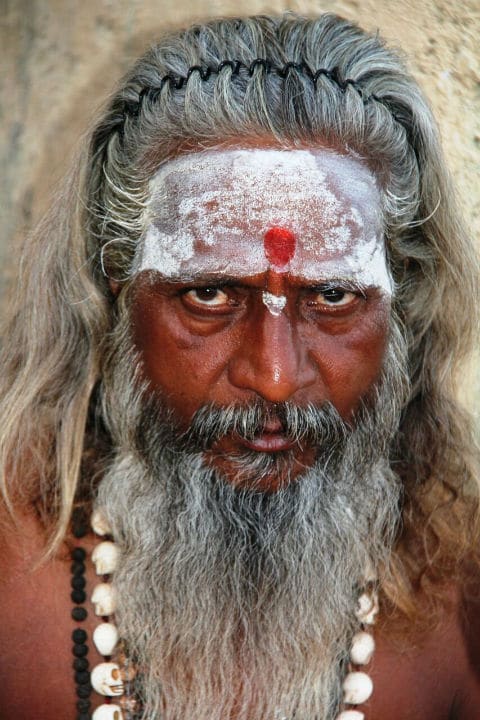
PEOPLE: My favorite part of India. They are the friendliest, kindest, gentlest, most open and talkative folk. Indians often approach and start a conversation. Where are you from? Do you like India? They often ask to have their photo taken with you, and they eagerly pose for photos. On a train, they share their food. In Kashmir, I was invited to join a picnic. When I had a nasty crash during one of my solitary escapades in the boondocks of Kashmir, two young men came to my aid, offering comfort and a ride.
My seat mates on a train ride to Agra were delightful: A retired gentleman and a recently-married young woman, Shrudi, who has become a friend on Facebook. We chatted non-stop. I learned a lot about India.
Poverty in the country is overwhelming and there are many beggars. At the tourist sites, the souvenir sales crew does pester. But, if you reply with a firm NO, they usually back off. Many have mastered salesmanship. “You look like a movie star,” a crafty fellow at the Khajuraho temple known for its erotic sculptures told me. My hair was a disaster. I was hot, sweaty, tired and felt like an ancient hag. He won. I bought the bronze bowl with the sexy etchings which I really did not want, but now I am glad I have this bizarre treasure which brings back fun memories.
Despite the body-to-body throngs in many places, I felt safe in India. I was careful and cautious with my purse and camera, but never felt that someone would accost me and grab my valuables.
Many of my German travel companions were on their fourth or fifth trip to India. “People” is one of the major reasons they keep returning to India, they said. “The people are so friendly. They have so little but they seem satisfied. They have lebensfreude (joie de vivre, zest for life). “It fascinates me,” observed one of them.
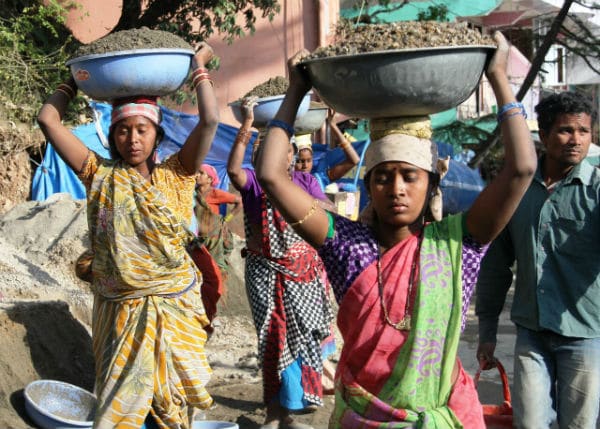
Photo by Leah Larkin
MARRIAGE: Some seventy percent of marriages in India are arranged. Shrudi, 27, showed me pictures on her phone of her December wedding with 1,000 guests in attendance. She had spent a mere 10-minutes with her husband-to-be beforehand. They asked each other questions about what kind of life they wanted and what they wanted in a mate. His answers matched her desires. She is obviously happy with her new life and man, and glowed when talking about him. She said some of her friends had married for “love,” but she preferred to honor her parents’ wishes and let them find her a husband. For India, she married late, but “I told my father not to find me a husband until I finished school,” she explained.
As is the custom in India, she now lives with her husband and his mother. Once married, daughters live with their husband and in-laws. This is like old age insurance for the parents, assuring that they will always be taken care of. However, problems between daughters-in-law and mothers-in-law are legendary and the brunt of numerous jokes.
Shrudi has no problems with her mother-in-law, but, unlike most married women in India, she is not in the kitchen cooking with her mother-in-law all day. She has a career and works in a bank. According to one of our guides, Rajesh, 70 percent of Indian women are housewives who spend six hours per day in food preparation. Indian food is labor intensive.
My other train companion had two daughters, both married. He had a hard time finding a husband for one of the two as she is overweight. Fortunately she found a husband on her own.
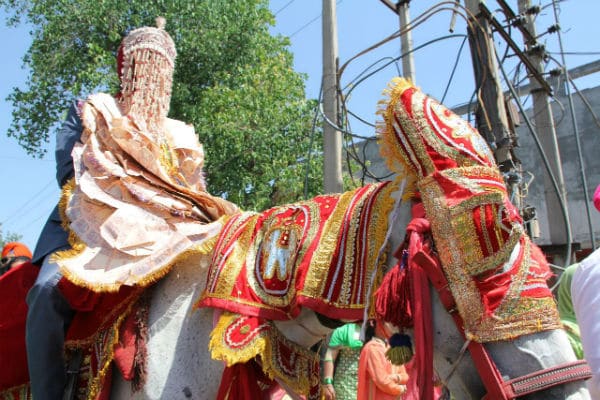
Photo by Leah Larkin
COWS: Yes, they are sacred and they are everywhere — and perhaps not too bright. Now I understand the German expression: blöde Kuh (stupid cow). Hindus, 80 percent of the Indian population, are vegetarians. Cows are never slaughtered. Thanks to their milk, they are viewed as maternal figures, and are raised for dairy products, as well as plowing the fields. Cow manure is used as fertilizer and fuel.
So, what happens when a cow is too old to give milk or work the fields? The beasts are turned loose and wander everywhere freely, often in the thick of roads clogged with cars, trucks, rickshaws, motorcycles, tuk-tuks. Horns blast. Drivers shout. The gentle beasts are oblivious to all. Traffic comes to a standstill. No one wants to hit a cow. There are other places to roam, but India’s cows seem to prefer to be in the midst of the melee.
They thrive on garbage, and there is plenty in India. In Varanasi where we witnessed numerous cremations on the banks of the Ganges, cows – and dogs — munched on the debris around the places where bodies had been burned.
Some lucky cows end up in cow retirement centers, Gaushalas. India has 3,000 of these, but, according to animal husbandry statistics: 45,150,000 cows. Most meander ubiquitously throughout the cities and countryside.
Being an animal lover, I wanted to pet the poor fellows. The guide warned: Don’t touch. If hungry, they might be mean and buck with their horns, he said. I doubt the ones I saw would have had the energy. I obeyed nonetheless.
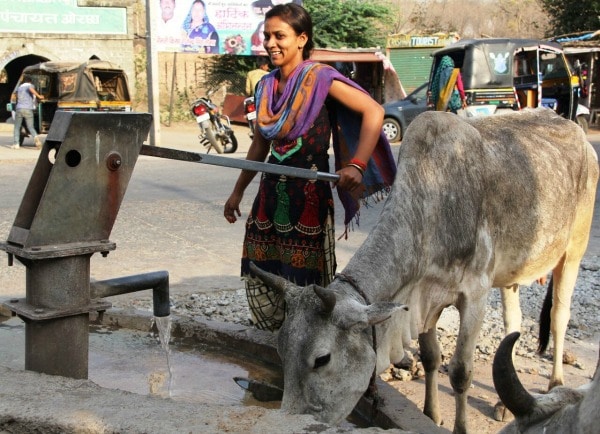
Photo by Leah Larkin
TRAFFIC: Cows do complicate the snarling masses of all sorts of vehicles as named above, plus pedestrians are often in the midst. How could anyone even think of driving in this madness? The noise is more than incredible. Every driver seems to have his hand plastered on his horn. Who is honking at whom? No way to know. Who has the right of way, other than the bovines? Survival of the fittest. Just plunge ahead and hope for the best.
Hats off to the drivers. We each had a rickshaw for our ride from the hotel to the riverbank in Varanasi. The traffic was abominable, but my skillful rickshaw driver kept his cool, pedaling his vehicle with aplomb, weaving around cars, trucks, motorcycles, etc. There were many close calls, making the ride more thrilling than the wildest of roller coasters.
We had frequent long journeys on a comfortable, roomy bus. In India, the bus driver is in a separate glass compartment with his assistant sitting next to him. The assistant is de rigueur. Four eyes are needed to watch ahead and to the sides for all-too-frequent obstacles. Our bus assistant also served bottled water, and, in our case, often stopped to purchase bananas – lunch on most days.
We rode on rutted roads through the countryside and small villages and on super highways as good as any in the developed world.
A guide Alok told us there are 2,000 traffic deaths per day in India. Many drive without a driver’s license, but a license can be purchased – no test required.
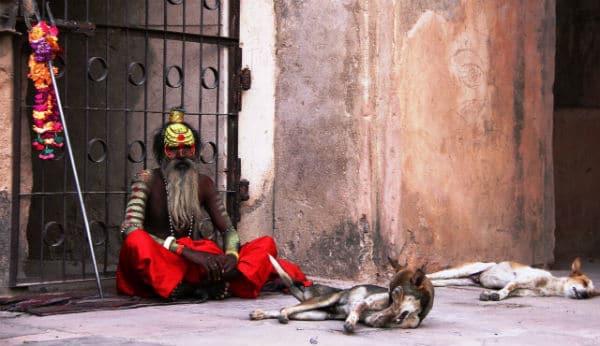
Photo by Leah Larkin
DOGS: There may be as many homeless dogs as there are cows. These canines are not pets, never were. They all are similar in appearance: medium size, short, beige/ tan fur. They wander freely everywhere, but most seem to have enough sense to stay away from auto traffic. They, too, thrive on garbage. None I saw looked malnourished, and they were not vicious. Yet I resisted the urge to pet. Unlike the docile cows, I feared one could bite. After experiencing India’s stray dogs, I came across this article, “The World is Full of Dogs without Collars” – it’s an interesting read for animal people.
What about cats? I only saw two during the entire trip. No wonder. With all those hungry dogs, they would end up as dog food.
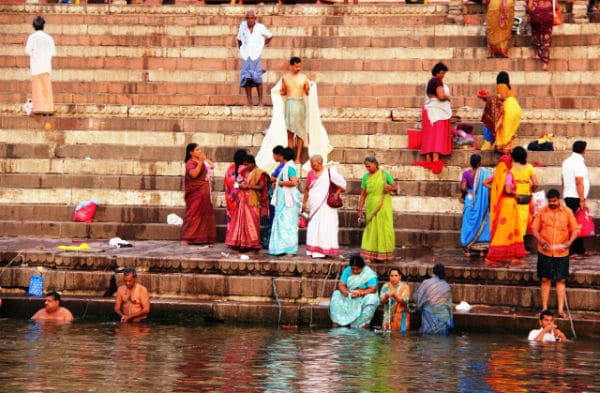
Photo by Leah Larkin
CONTRASTS: The poverty, filth, garbage, noise and pollution are all mind-boggling. On our last day, Alok wanted us to see the new state-of-the art metro in Delhi. It, too, was mind-boggling: futuristic, spotless, sleek, quiet, fast.
Intriguing. Incredible. That’s India.
For more information on traveling in India see http://incredibleindia.org/

